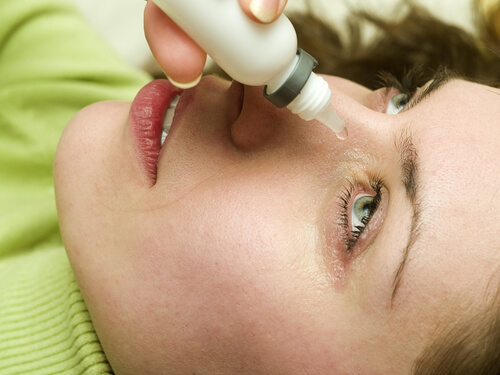 Crying has so many negative connotations. Seen as a sign of weakness, tears are often dismissed as a useless and uncomfortable display of emotion. However, they’re more useful than you may know.
Crying has so many negative connotations. Seen as a sign of weakness, tears are often dismissed as a useless and uncomfortable display of emotion. However, they’re more useful than you may know.
Tears play an important role in overall eye health. They keep your vision clear and healthy as well as acting as a line of defense against irritants. They are also more sophisticated than they appear. They contain a host of fats, proteins, and sugar (in addition to water). Perhaps most fascinating of all, there are three different types of tears.
At first blush, it sounds like a rather odd statement since tears look practically indistinguishable from each other. But when you take the time to think about it, it makes a lot of sense. Tears are produced for a number of reasons. There is the regularly present moisture that keeps our eyes comfortable. There are the tears that are produced when we suffer a blow or we are exposed to onions. And of course, there are the emotional tears we wipe away when we’re sad.
Each of the three types of tears occupy a unique job for the eyes.
Reflex Tears
Ever get hit in the face with a basketball or walk into the kitchen while someone was frying onions? In both scenarios, your eyes probably watered rather quickly despite a lack of any real emotion (well, unless you’re fuming at whoever threw the ball).
These sorts of tears are known as reflex tears. They are a response to a sudden stimulus from our environment. This could be due to gases, dust, or a punch in the face.
It may sound like a useless reaction on the part of the body, but there is a reason it happens. When your eyes registers a sudden change in your environment that affects you, whether it’s a physical hit or an accumulation of gases, the tears form as a defense mechanism to wash away any particles or irritants that have wound up in the eyes. There is a method to the watery madness after all.
Emotional Tears
If you cried someone a river of reflex tears and then cried them a river of emotional tears, those two rivers would have two completely different chemical compositions. On the one hand, both tears look the same, but on a molecular level they are distinct. And it’s even evident in how the body behaves.
When you cry due to anger or happiness or sadness, those tears are typically accompanied by a physical reaction like sobbing or heaving. Some research has suggested that emotional tears are the body’s way of calming you down. If this is true, crying truly is a release. So go ahead, cry over that spilt milk if it has you feeling down.
Basal Tears
These are the tears that are always present in the eye and help keep this precious organ nourished. Since our corneas have no blood vessels, they rely on our tears to provide the necessary oxygen. Our tears also act as a cleaning mechanism to keep our eyes free from bacteria and wash away irritants.
A lack of adequate tears can lead to dry eyes, an irritating and uncomfortable condition. The complex composition of your tears helps keeps your eyes smooth and your vision clear, so it’s only natural that if there is not enough of them, pesky issues like dry eyes can crop up.
Dry eyes can also be caused by an imbalance in the oil, water, or mucus in your eyes. In this case, dry eyes isn’t about not having enough tears, but not having tears that are properly balanced in their composition.
Dry eye is a condition that can easily be managed with the help of an eye care professional. If you think you may be suffering from chronic dry eyes, our team at Davidorf would be happy to find a treatment method that works for you whether via artificial tears or a prescription.
Whether you need an eye exam or have questions related to your vision health, we’re happy to help. Give us a call to book an appointment at our West Hills or Los Angeles locations.



